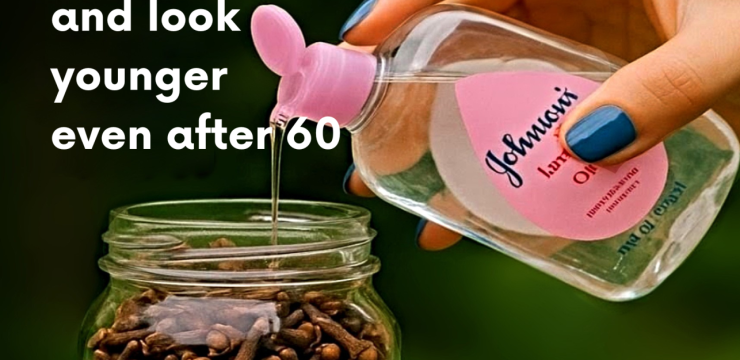Cleaning your walls is one of the most important tasks you can tackle when moving into a new home—especially if the previous owner was a smoker. While slapping on a new coat of paint might feel like a fast and easy solution, skipping a proper cleaning can lead to bigger problems down the road. Cigarette stains, grime, and sticky residue can cause paint to peel, trap lingering odors, and even affect your family’s health. Taking the time to clean your walls thoroughly before painting ensures not only a smoother, longer-lasting finish but also a fresher and healthier home environment.

Start with a Careful Wall Inspection
Before grabbing your bucket and mop, take a few minutes to really examine your walls. Do you notice yellowing, discoloration, or a greasy texture? These are signs of smoke damage or other build-up that require specific cleaning approaches. Pinpointing the worst areas will help you decide how aggressive you need to be with your cleaning strategy.
Why You Should Never Paint Over Dirty Walls
Painting over dirty walls may save you time at first, but it’ll cost you in the long run. Smoke residue can bleed through layers of paint, leaving unsightly stains and foul odors that ruin your fresh look. Worse, it can prevent paint from sticking properly, resulting in bubbles, cracking, and peeling. If you’ve got young kids in the house, you also want to consider the potential health impact of sealed-in toxins and poor air quality. A clean wall is a safe wall—and the perfect canvas for a lasting paint job.
Gather the Right Cleaning Tools and Materials
For the job to go smoothly, you’ll need to be equipped. Stock up on microfiber cloths, soft sponges, a long-handled mop for high spots, buckets, and rubber gloves. You’ll also need cleaning agents: for heavy-duty jobs, trisodium phosphate (TSP) works wonders, while more eco-friendly options like vinegar and baking soda handle everyday grime. Don’t forget to check what type of paint is currently on the wall—some finishes are more delicate and require gentler solutions.
Protect Your Space Before You Begin
Before you start scrubbing, clear out as much furniture as possible. Cover anything that remains—especially floors and electrical outlets—with plastic sheeting or drop cloths. Use painter’s tape to protect baseboards and wall switches. This prep work might feel like a hassle, but it’ll save time and prevent accidental splashes and damage later.
Match the Cleaner to the Stain
Different messes need different solutions. Cigarette residue, for example, is best tackled with TSP diluted in warm water. For general household dirt and grime, a mix of vinegar and warm water works great and is safe for most surfaces. If mold is present, you’ll need to use a bleach solution to fully disinfect and stop it from spreading.
Step-by-Step: Cleaning Walls with Cigarette Stains
-
Start by wiping down the wall with a dry microfiber cloth to remove surface dust.
-
Mix TSP and water according to the product’s directions. Put on gloves.
-
Working in small sections from bottom to top (to prevent streaks), apply the solution with a sponge.
-
Rinse with clean water using a separate sponge or cloth.
-
Dry the wall thoroughly with a clean towel or allow it to air dry with the help of fans or open windows.
Dealing with Stubborn Grime or Mold
Some areas may need extra elbow grease. For really tough grime, make a thick paste with baking soda and water, gently scrub, and rinse. If mold is present, spray with a bleach-water mix, scrub well, and dry completely. Moisture is mold’s best friend, so drying thoroughly is key.
Safe, Natural Alternatives for Families with Kids
If you’ve got little ones running around, you’ll want to avoid harsh chemicals. Thankfully, vinegar and baking soda are effective, non-toxic choices for most cleaning needs. You can even add a few drops of essential oils like tea tree or lavender to boost antibacterial power and leave a clean, fresh scent.
Let Your Walls Breathe: Ventilation Matters
After cleaning, make sure to ventilate the room well. Open windows, run fans, and consider using a dehumidifier if you live in a humid area. Good airflow speeds up drying and prevents lingering moisture from turning into a mold problem later.
When It’s Time to Call in the Pros
If your walls are severely stained or if the job feels overwhelming, it might be worth hiring a professional cleaning service. They’ll bring commercial-grade tools and solutions that can tackle even the worst smoke damage quickly and safely. It’s a worthwhile investment if you’re short on time or unsure about how to proceed.
Important Safety Tips for Homes with Children
Keep all cleaning agents—especially bleach and TSP—locked away and out of reach. Always supervise kids around wet surfaces to prevent slips. After cleaning, give the room plenty of time to air out before letting children back in. Choose green, child-safe products whenever possible to reduce chemical exposure in your home.
Keep It Clean with Regular Maintenance
Once your walls are sparkling clean, keeping them that way gets easier. A quick dusting every few weeks and spot-cleaning as needed can go a long way. Set a reminder for a deeper clean once or twice a year to catch any build-up early and prevent long-term issues.
Final Thoughts
Taking the time to clean your walls before painting isn’t just about looks—it’s about protecting your investment and your family’s health. With the right supplies, a little elbow grease, and a few safety precautions, you’ll create a fresher, cleaner space that’s ready for a beautiful coat of paint and years of happy living.





